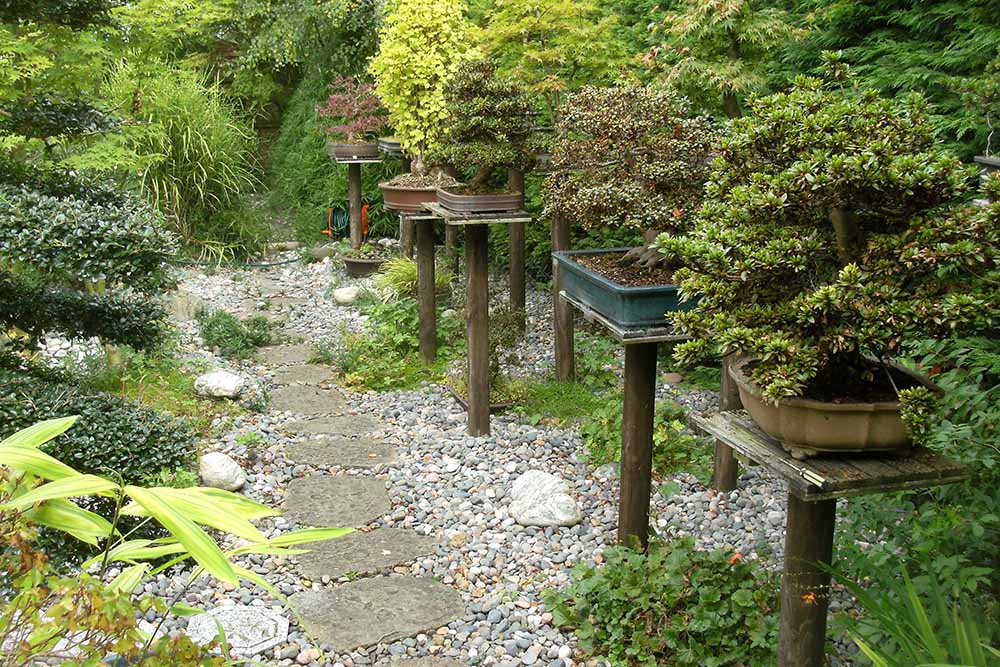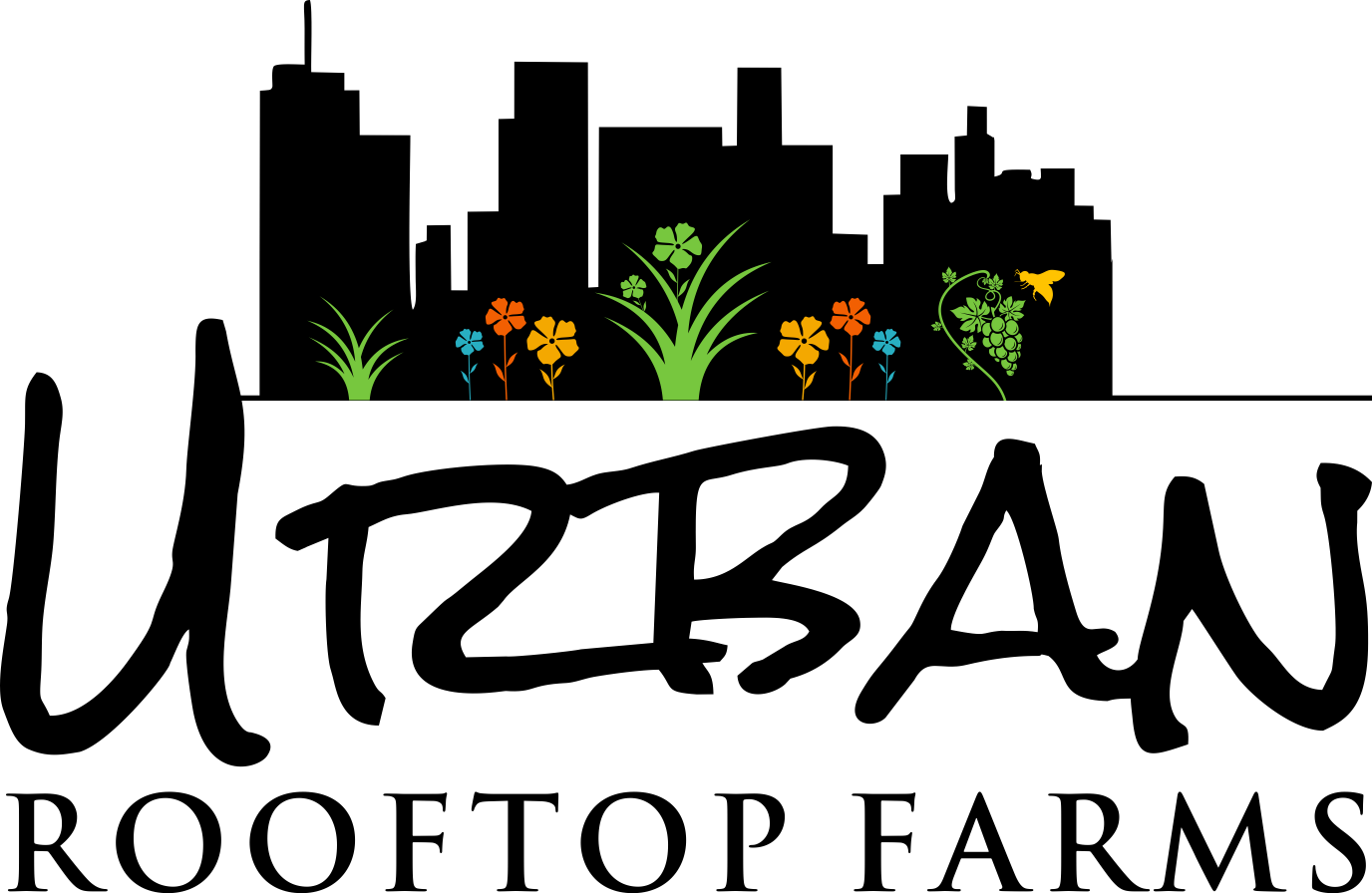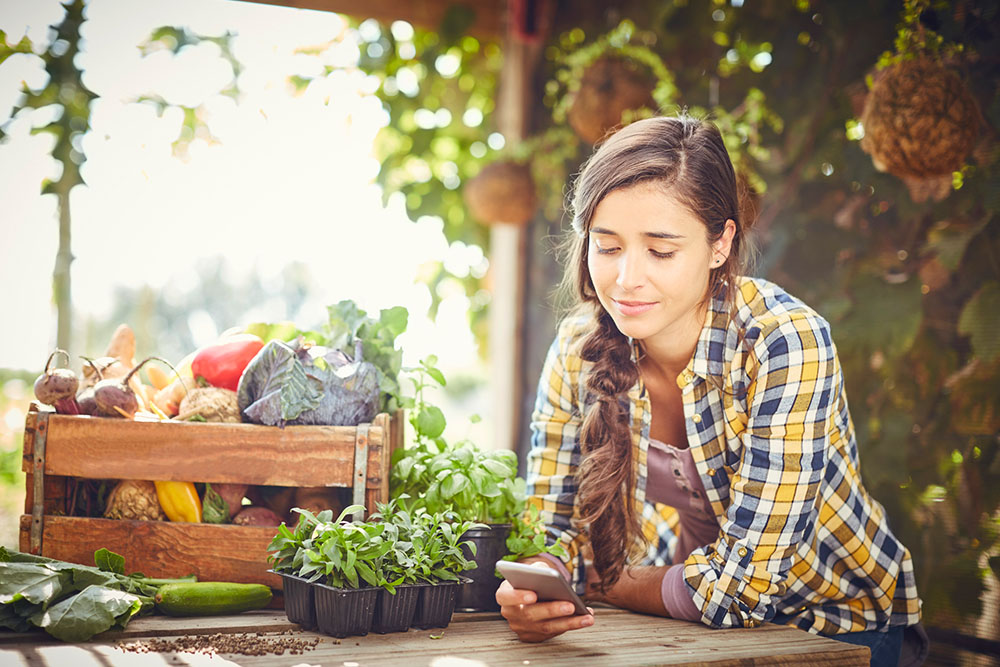Growing plants is something that takes time, effort, and a whole lot of persistence – and even then, there are no guarantees of success.
However, by using some science and monitoring your nutrients throughout the growth process, you can increase your chances of success tenfold.
Container farming
Container gardening is very simply the act of growing plants in containers, rather than planting them in the ground (Birkby, 2016).
Think pots, wine barrels, and anything in between.
While container gardens have been around for centuries, they have seen a bit of resurgence of late with the rise of urban farming.
This is because they offer a great way to grow fruits and vegetables in any setting (like a rooftop, for example…). Moreover, considering they give you a host of different planting options, they also make it very easy to add some versatility to your garden.
Oh, and did I mention that because of the small surface are associated with container planting, weeds are much less likely to get into your plants?
I know, very cool.
The best fruits, vegetables, and herbs for container farming

If you are keen on introducing some container plants into your urban garden, I have got some great options for you.
Best fruits to grow in pots
Some of the best fruits to grow in containers are:
- Apples
- Blueberries
- Cherries
- Peaches
- Plums
- Nectarines
- Raspberries
- Lemon
- Strawberries
Best vegetables to grow in pots
- Tomatoes
- Bean
- Lettuce
- Chillies
- Radishes
- Peas
- Carrots
- Peppers
- Zucchinis
Best herbs to grow in pots
In general, most herbs grow quite well in containers a they don’t require much space – however, some of the best include:
- Basil
- Oregano
- Thyme
- Mint
- Parsley
- Chives
Nutrient advantages of container farming
I mentioned above a couple of key benefits associated with container farming – but there was one that I didn’t mention, because it deserves its own section.
And it comes down to nutrient monitoring.
In conjunction with water and sunlight, plants require nutrients for growth.
In short, having insufficient nutrients available can lead to a reduction in shoot production and root growth, leaf loss, and a significantly decreased fruit or vegetable yield.
However, having your plants in containers allows you to test each container individually. This means that you can make any adjustments to the soil as required without those changes impacting any of the other plants in your farm.
Genius, right?
Importance of measuring nutrient levels
Monitoring nutrients in plant containers is important.
It allows you to make sure that your plants are tracking nicely, while allowing you to identify whether they are deficient (or overabundant) in any key nutrients.
This means that you can make changes to the soil before any issues arise.
It also means that you can make changes before any physical signs of distress (such as leave discoloration, or loss of fruit) begins to occur.
In short, it ensures the health of your plants, and the quality of your yield.
How to test nutrients

Now, when it comes to measuring nutrient levels in plants, there are several different ways to go about it.
You can use soil testing methods, where you simply buy a specialized kit and test the soil itself. This gives you immediate insight into what nutrients your soil is missing, and therefore what nutrients your plants are missing.
Within this, you can also pay a lab to do it for you.
In this scenario, you take a sample of your soil and send it off to a lab, who then send you the results (and often some recommendations). Often this test is more accurate than the home-based kits, however the slower turnaround times means that you cannot react quite as quickly.
To honest, this is the option I recommend to most people.
Although you can also opt for a water-based test.
This is the same as a soil-based test, but rather than testing a sample of the soil, you test a sample of the water within the soil. This type of test is thought to provide a good representation of what is going on throughout the entirety of the pot.
Finally, you can also test the plant itself.
With this test, you take a small cutting of the plant and send it off to a lab for testing. By providing a thorough breakdown of the plant material, this type of test gives you a very accurate look into the nutrient needs of your plant.
But the kicker? They tend to be a touch more expensive.
The importance of soil
While we are talking about soil testing, I should also touch on the importance of soil quality (Zhong, 2010).
And without a doubt, the best soil for container gardening is organic manure.
For thousands of years animal manure has used as a soil ‘builder’ due to its ability to enhance soil quality.
In fact, organic manure:
- Improves soil density and structure
- Enhances water filtration of the soil
- Increases water holding capacity of the soil
- Reduces plant stress
- Improves nutrient retention of the soil
- Enhances plant health and quality
Seriously, is there any wonder that it is the best?
How to interpret nutrient results
Now, however you choose to test your nutrient quality, you are very likely to get some information around the following compounds:
- Phosphorous
- Potassium
- Calcium
- Magnesium
- Sulphur
This will also come with some information around the pH of the soil, which provides insight into how acidic or alkaline your soil is.
A test will tell you whether you have too much (or too little) of a particular compound in your soil, or whether it sits within an optimal range. This information can then be used to guide any soil changes or nutrient additives.
Where this process becomes tricky is the fact that many different plants require different nutrient levels to facilitate optimal growth.
Moreover, this also changes depending on what stage of the growth cycle they are currently in.
To be completely honest, this is why I recommend almost everyone (with the exception of well experienced farmers) to outsource the testing of their soil to professional labs, as they often give some very good recommendations, as well as provide thorough testing results.
Take Home Message
Container planting is a great way to add some variety to your rooftop garden. Moreover, it makes it a whole lot easier to monitor the nutrient levels of your individual plants if they are separated into pots (I should mention that it looks great too).
Using the information in this article you can get your container garden underway immediately – but don’t forget to test your soil.
It is this that ensures the health and growth of your plants.
Related Article: Are some plants more wind resistant than others?
References
Birkby, Jeff. “Vertical farming.” ATTRA Sustainable Agriculture. NCAT IP516 12 (2016).
Zhong, Wenhui, et al. “The effects of mineral fertilizer and organic manure on soil microbial community and diversity.” Plant and soil 326.1-2 (2010): 511-522.



Add Comment